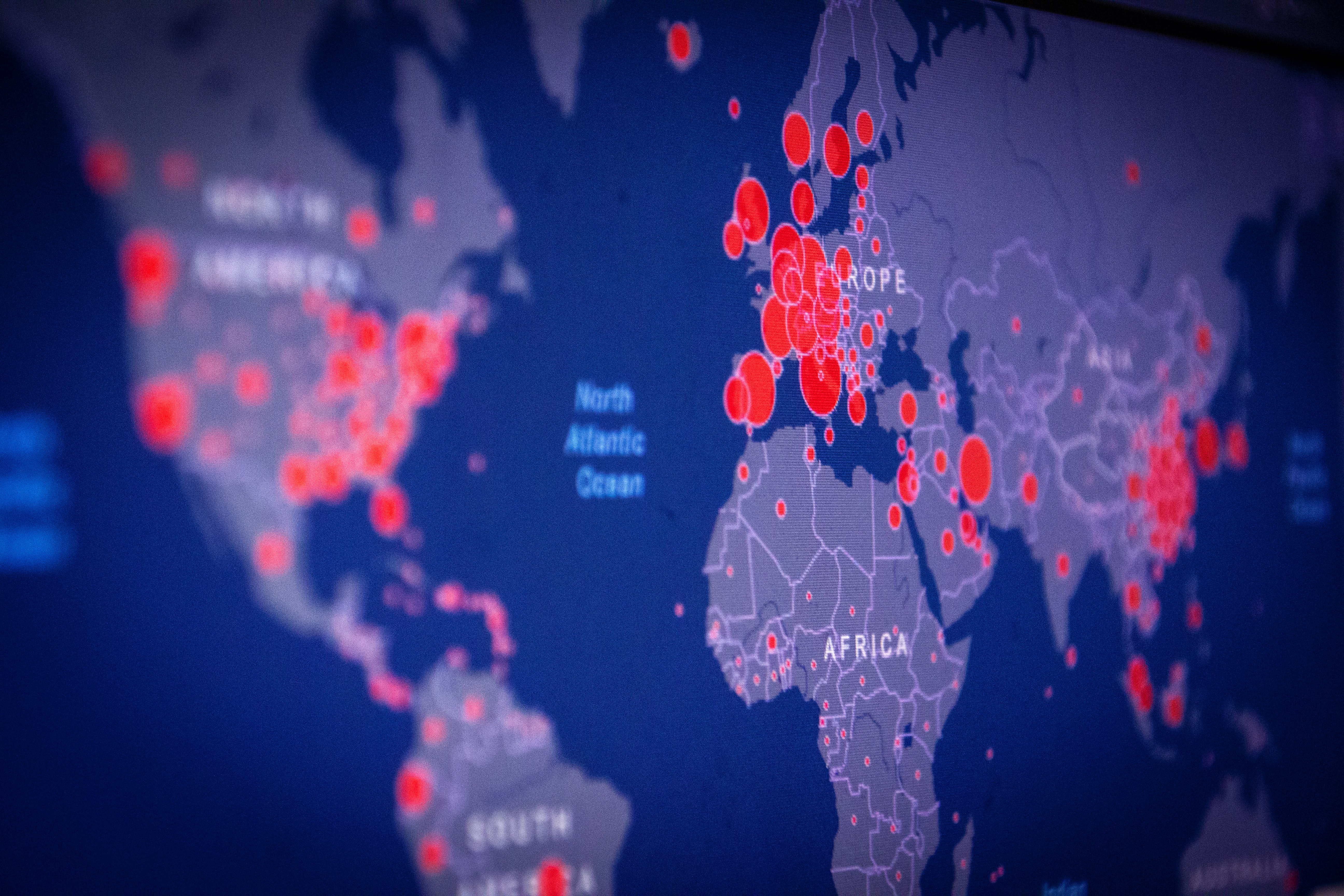Have you heard or experienced the following?
“The guy says something, thinks something, commits to something else and does totally different things. How to trust him?” Meaning, he is unpredictable or not trustworthy. That guy is too straight-forward! Implied, He is “Blunt or stupid,” and perhaps, lacks people skills.
Here is an insight into expressing and extending what the title suggests.
- Competitiveness vs Competence: Depends on where you are in the world what takes shape. In a competitive environment, to the advocates of Darwin theory, competitiveness shall take precedence over competence.
- Loyalty vs Competence: You bet loyalty wins 100% times over competence in any environment: Human beings are creatures looking for security, but in a world that we thrive in, there is a dearth of feeling secure.
- Rat Race: Is a connotation of people competing against each other in a given environment, prevalent more in the corporate sector, as well as across several other institutions. The agony is even if you win you are a rat at the end of the day! This primarily breeds insecurity, and births an environment that thrives on intimidation rather than cooperation.
- Carrot & Reward: Value System, Ethics, Survival. Well, I have seen all this in play on a daily basis for 25 years as an active observer in the corporate sector, and at times dealt with same whilst withholding the temptation to become a ‘rat’.
Whilst I was thinking about these specific pointers, the argument of ‘Scarcity vs Abundance’ came to my mind.
We live in an environment where very less is available for more and everybody is looking for the best way to keep themselves floating because there will be 100s applications for any job, or perhaps, even thousands. Over-competent people fighting for odd jobs? Those who get those ‘Jobs’ have to do enough and persevere to keep floating.
Do not take me for wrong for jobs, its same for competing businesses and very proudly we hear people using SAAM, DAAM, DAND, BHED (Collaboration, Money, Fear & Conflict) to get an order (be it big or small) or everything is fair in Love and War to justify wrong behaviours which are harmful to others.
When we dig deeper we find that while the scarcity is genesis, it’s gone deeper that means have become ends and taking away the happiness of young kids, the security of experienced, but why? Because we forget to think of abundance. The abundance of resources and how to make the cake larger rather than fighting for pies. So, we rank pretty, poor on the basis of the happiness quotient worldwide.
The behaviours which get encouraged, thus, are:
- Acquiring wealth
- Acquiring Power
- Acquiring it at any cost
- Jealousy
- Conflict
We can debate that because there is no population control and the government has not done much to create opportunities.
That’s a daily dialogue and political, media and household discourse of discussions leading to despondency over hope.
What could turn this around? I think ‘Gratitude’ as a collective consciousness and principle in society is what we need to pursue more as I see in other societies where the right values are propagated. I take responsibility and my happiness and sorrow do not depend on governments, the institution on granting me a job or not. I do not so link it to my lifestyle and what others can see, instead of on who I am and what makes me happy and my family’s togetherness or well being.
COVID-times have made me believe that all of us can live with a succinct amount of resources. The car can be smaller, as most of them are not running. The cost of running the house is not so high.
Well, I also am fully reflective that its easy to talk this in a privileged position and space, on my laptop as I observe and read about the plight of migrant workers, many of whom died on the way in lack of food, water, shelter and physical strength. I am sure all of us have done some bit and there is so much more that can be done.
How about a change of thought because a mere thought essentially becomes things, becomes a reality.
How about, “Sab bindaas hai, aur jo nahin hai use kar denge!”









